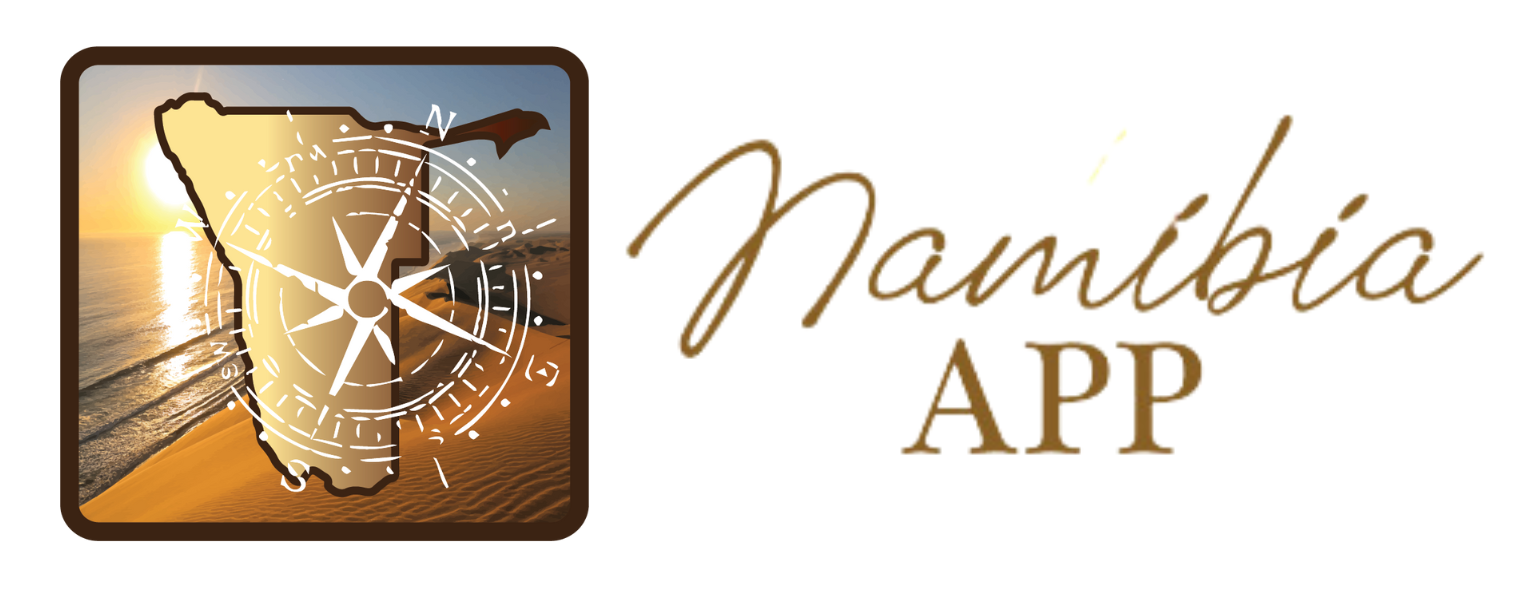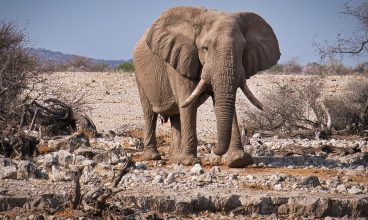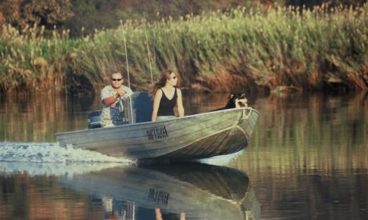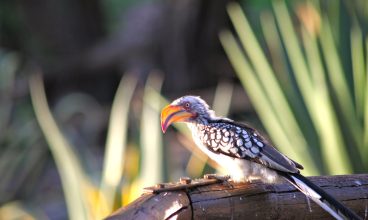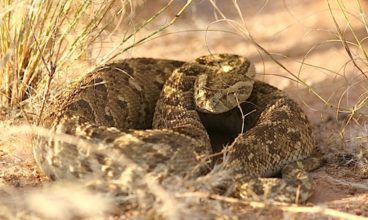The Majestic Saga of Elephants Delve into the Fascinating World of Elephants: Wisdom, Compassion, and Unforgettable Bonds The Story of the Elephant Elephants are considered a symbol of wisdom, luck, loyalty and strength. Of all animals, their behavioural patterns are maybe the closest to the human species, especially when dealing with grief, loss and communication of emotions. They show immense compassion towards other species and have the capacity to perform sacred rituals similar to humankind. They weigh a ton or more, yet move about quietly in nature, their rumbling tummies communicate across miles and even though they seem heavy and slow, they can run like the wind. If you would like to learn more about Elephants, we would like to recommend a book by Jodi Picoult, called “Leaving Time”. A perfect holiday read with so much more than just a good storyline. Here is an extract from a conversation with Jodi about “LeavingTime”: “I started to write Leaving Time when I was in the process of becoming an empty-nester. My daughter Sammy was headed off to school. 1 I was thinking a lot of how we humans raise our kids to be self sufficient enough to leave us — and how depressing it was for those who were left behind. That theme — of what happens to the people who are left behind — became what I wanted to write about.Then, I was reading something and learned that in the wild, an elephant mother and daughter stay together their whole lives until one of them dies. Given my frame of mind, it seemed so much more pleasant to do things the way elephants do. I began to dig a bit more about elephants, and their reaction to death, and what I uncovered became a metaphor for the novel:” “The question isn’t whether elephants can remember. Maybe we need to ask: Why won’t they forget?” Jodi Picoult – Leaving Time In her Author’s Note of September 2013, Jodi’s ending remarks read as follows: “There were many moments during the writing of this book when I thought that elephants maybe even more evolved than humans — when I studied their grieving habits, their motoring skills, and their memories. If you take away anything from this novel, I hope it is an awareness of the cognitive and emotional intelligence of these beautiful animals — and the understanding that it is up to all of us to protect them.” (Leaving Time, Jodi Picoult -Author’s Note) The story of Alice, Jenna and the elephants is the perfect accompaniment to your African holiday. It is so much more than just a story. It sets the scene for a better understanding of these formidable animals. lt will give you insight into their behavioural patterns and it will deepen your respect for these gentle giants that seem to have a human soul, especially when it comes to saying goodbye to those they love. After reading “Leaving Time”, you will never look at an elephant quite the same way again!
Read MoreCasting Dreams: Namibia’s Abundant Fishing Paradises Dive into the Coastal Charms and Inland Rivers for an Angler’s Delight Namibia – a Fisherman’s Haven Namibia is famous for beach angling along the west coast. The coastal towns of Swakopmund, Walvis Bay and Henties Bay are inundated with holiday makers during December/January and the Easter Holidays as everyone makes a dash for the beach to catch some Kabeljou, Galjoen or Steenbras for the family. Even Barbel are welcome as the smoked catfish variety has become a well-known delicacy amongst the locals. The best part of beach angling is that the entire family comes along to make a beach day of it. Along the coastline many famous fishing spots have been identified with old drums or wrecks as landmarks, amongst them the likes of “Sarah se Gat” or “Bennie se Rooi Lorry” and many more amusing names. Fishing does not end there though, up north towards the Skeleton Coast (Terrace Bay and Torra Bay) and further south towards Sandwich Harbour, many more fishing spots have been named and any local can point you in the right direction. Fishing permits must be obtained before venturing out to fish, as local fishing authorities check on the daily quota, especially the crayfish (no more than 7 per day). Don’t forget to take along your ID or Passport when obtaining your permit. Fishing off boats is also a welcome activity with many companies offering deep-sea fishing boat cruises. In the northeast of Namibia, the Zambezi Region(Old Caprivi Region) offers fresh-water fishing on the many rivers such as the Zambezi, the Kwando, the Okavango and the Kavango. Every lodge that is situated on a river offers fishing activities and amongst Bream and Nembwe, a favourite is the Tigerfish, which is mostly caught on a catch-and-release basis. Many of the lodges provide you with fishing tackle, although you can purchase your own at local outlets.
Read MoreWings Over Namibia: Discover the Rich Avian Diversity Delve into the Enchantment of Birding in Namibia’s Unique Habitats Namibia – a popular birding holiday destination A popular holiday destination for avid bird-watchers, Namibia is home to at least 13 endemic species of birds, 8 of which are reportedly from the Etosha region. There are over 600 species of birds native to Namibia. Of that 14 are endemic to the country. An endemic species is a species that hatches, matures, reproduces and dies within one single area. The habitat of an area needs to be very special for an endemic bird to survive as it needs to satisfy all of the birds needs throughout its lifetime. One of the best areas for bird-watching in Namibia is the country’s top tourist attraction, the Etosha National Park. Etosha is home to over 400 species of birds including 8 of the endemic species. The parks in the Caprivi Strip also offer bird-rich habitats, including an impressive selection of Okavango specials. The beautiful Carmine Bee Eaters are one of the few spectacular species along the Okavango River. The endemic birds found in Namibia are; Hartlaub’s Francolin, Ruppell’sKorhaan, Herero Chat, Rockrunner, Whitetailed Shrike,Damara Tern, Ruppell’s Parrot, Violet Woodhoopoe, Monteiro’s Hornbill, Dune Lark,Barlow’s Lark, Gray’s Lark, Carp’s Tit and Barecheeked Babbler. The presence of these endemic birds signifies Namibia as an incredibly unique and special birding destination. 4 of the endemic birds are found only in the Namib Desert adjacent to the coast while the remaining 10 birds are found further east. Namibia’s only true endemic, the Dune Lark is not accurately named as its preferred habitat is actually vegetated dry river beds that run between the massive dunes of the Namib Desert in central Namibia. These are the highest dunes in the world and their red sand, which also covers these riverbeds, is matched by the lovely colors of this attractive lark. The birdlife in Namibia is at its best from September to April, when the migratory birds from Europe and Northern Africa are present. At this time, many resident bird species are nesting and are in breeding plumage. After good rains, the pans in Etosha and Bushmanland become a hotspot for aquatic birds, including flocks of flamingos. Travellers to Namibia can embark on specially scheduled, tailor-made bird-watching safaris offered by many tour operators countrywide. Refer to the Activities and Adventure section on our App – amongst others you will find Batis Birding at the coast and Birding-, Geo- and Nature Trails in Windhoek.
Read MoreExploring Namibia’s Serpentine Residents Discover the Diverse World of Snakes That Call Namibia Home Poisonous Snakes in Namibia Most people tend to be afraid of snakes per se and instinctively want to kill them, regardless of whether they are dangerous or not. Unfortunately distinguishing poisonous snakes from harmless ones is not a simple matter. If you happen to encounter a snake while travelling through Namibia and you and your travelling companions are not in danger of being bitten, rather give the snake a wide berth than killing it outright. Of the 81 species found in Namibia, almost half are, technically speaking, poisonous in the sense that they produce venom to kill their prey. Of these 14 can inflict rather painful bites and 11 are considered potentially deadly to man. Two of the poisonous species are rear-fanged – the boomslang and the vine snake – while the others, the cobras and the adders, have front fangs. Boomslang (Rear-fanged) The boomslang possesses a haemotoxic venom that affects the blood-clotting process, potentially leading to fatal consequences. Although not aggressive, bites are rare but require immediate medical attention. Vine Snake (Rear-fanged) Bites from vine snakes are uncommon but serious, necessitating prompt medical treatment. Their venom affects blood clotting and can have severe consequences. Black Mamba (Front-fanged) Considered one of the most dangerous snakes, black mambas have neurotoxic venom with high fatality rates. Encounters are rare in Namibia, reducing the likelihood of bites. Zebra Snake (Western Barred Spitting Cobra) (Front-fanged) Commonly found throughout Namibia, the zebra snake’s bite, while rarely fatal in adults, poses a significant risk to children. Its venom is both cytotoxic and neurotoxic, potentially leading to severe consequences if not promptly treated. Cape Cobra (Front-fanged) The Cape Cobra’s neurotoxic venom presents a serious threat, with bites requiring urgent medical attention. Encounters are relatively common in Namibia. Egyptian Cobra (Front-fanged) Similar to the Cape Cobra, the Egyptian Cobra’s neurotoxic venom demands immediate medical treatment to mitigate severe effects. Encounters are relatively frequent in Namibia. Black-necked and Mozambique Cobras (Spitting) Known for their spitting behavior, these cobras aim for the eyes and can cause painful but usually non-fatal injuries. Their venom can be washed out with water, but caution is advised. Puffadder Puffadders are slow-moving but strike quickly when threatened. Encounters are common in various terrains across Namibia, posing a danger to unsuspecting individuals. In the event of a snakebite, immediate medical attention is crucial. Proper identification of the snake and prompt administration of antivenom are essential for effective treatment.
Read More